strmrdr
Super_Ideal_Rock
- Joined
- Nov 1, 2003
- Messages
- 23,295
A well cut bright drop the dark areas will flash at 1-3 degrees tilt.Date: 7/31/2009 2:42:45 PM
Author: litebrite
Storm, so the contrast patterns in asschers - this means that amongst the different patterns, that some are bound to reflect more light than others? I have always found the pattern in LaurenthePartier''s asscher to be most pleasing and I think I like the wide step pattern best b/c there''s a minimum of black contrast. Does the bright drop suffer from the 5 tilt angle problem? What about a really well cut bright drop?
"Also, thanks for the thoughts on hard vs soft contrast. Is that similar to dark black arrows on an H & A versus more silvery arrows?"
Dark close then silvery at a distance is what I was discussing above.
One with contrast issues the arrow shafts stay dark to far away.

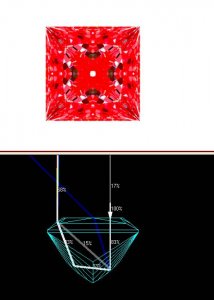
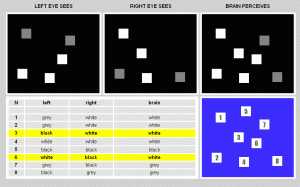




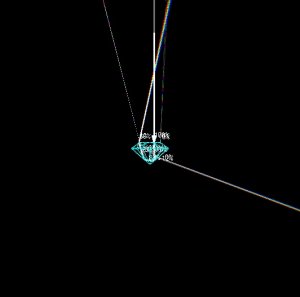
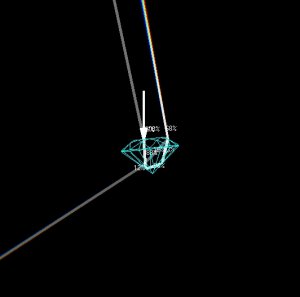
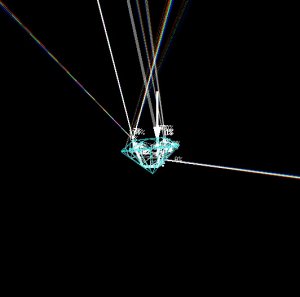
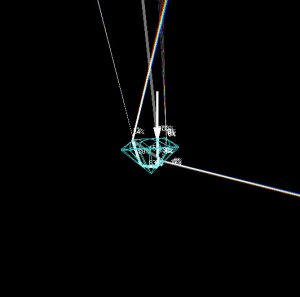
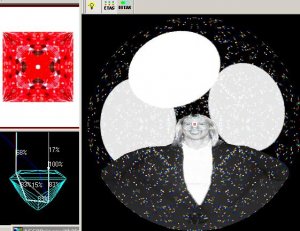


300x240.png)